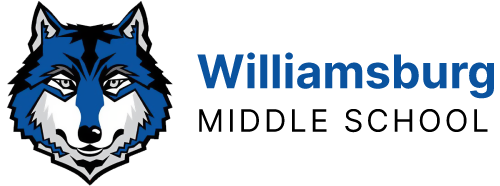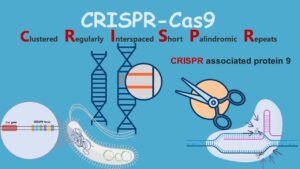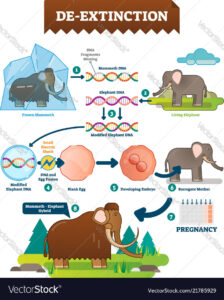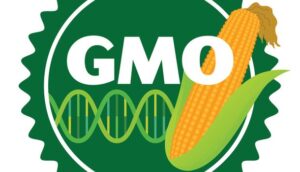Accessing Databases from Home
| To access these resources from HOME, you must go to the APS Library Resources in Canvas. Choose Middle School Databases. The databases Science in Context and Opposing Viewpoints in Context are best for this research If you have any trouble accessing these databases through Canvas, please let me know.
Tip: it’s better to go through the browser rather than the app. |
Genetic Engineering Research Resources
Genetic Engineering Research Resources |
||
| Curated articles – These articles have been provided by your teachers. | ||
| Gene Editing/Gene Therapy with CRISPR
|
De-extinction
|
Genetically Modified Organisms
|
| Databases – These databases can be searched for more info. The articles you find will be from reference books, newspapers, magazines, etc. Some will be just facts, others will be opinion articles based on facts. If you are asked for a password to access, refer to Accessing Databases from Home. |
||
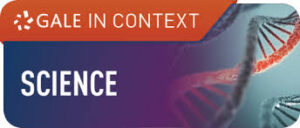
|

|
|
Tips for searching the databases for these topics:
|
||
Use DRAMA and Lateral Reading to evaluate sources
Internet Searches |
|
| If you choose to do internet searches after using the databases, bear in mind you will have the additional step of evaluating your source for credibility and accuracy. Use DRAMA and Lateral Reading to guide you. | |
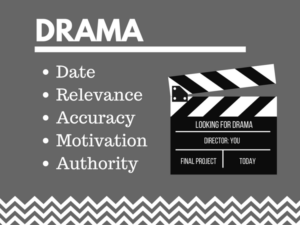
DRAMA – a Google slideshow DRAMA – a video explanation
|
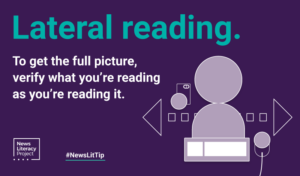
Lateral reading is when you have multiple tabs open about the same topic. You read and compare the info on all the pages to get the full picture. Lateral Reading – video by University of Louisville Research & Assistance Dept. |
Note-taking
Note-taking |
|
| Taking notes and keeping track of the source of your information are essential for making convincing, informed presentations and arguments. | |
| Genetic Engineering Research example – Document Analysis Sheet – Note: This graphic organizer from 2023 looks different than your organizer, but has good note-taking strategies in it.
This example showcases research about de-extinction and woolly mammoths. Two articles were read, and notes are provided. There are also links to the articles in the document if you are interested. |
Some thoughts about note-taking:
|
Citing your sources
Citing Sources – slideshow and/or video instructions and demonstrations
 Contact
Contact  Calendars
Calendars Careers
Careers Engage
Engage  District
District
